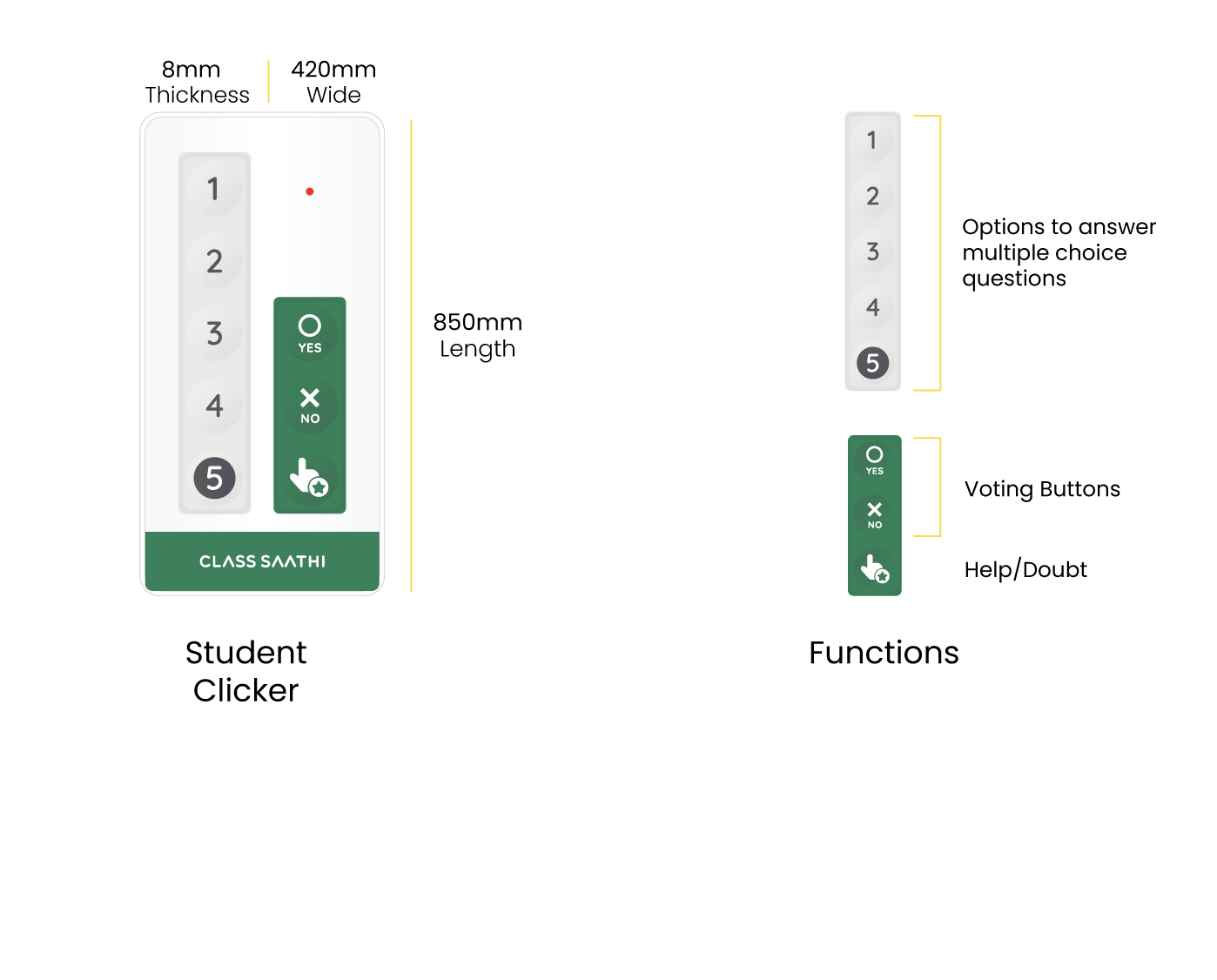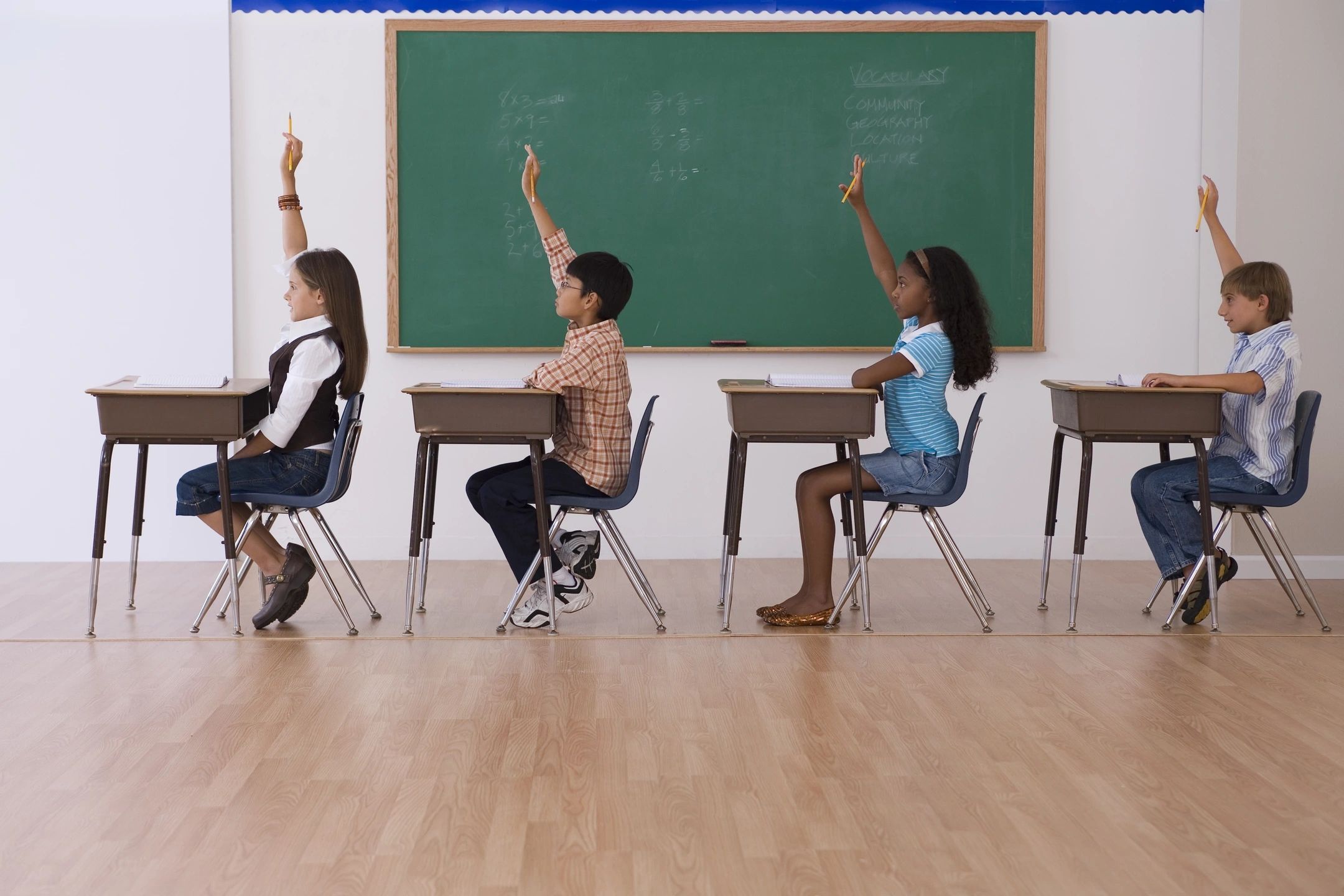Introduction
In the realm of education, traditional teaching methods have long held sway. These methods, often characterized by a one-way flow of information from the teacher to the students, are collectively referred to as passive teaching. In this blog post, we will delve into the concept of passive teaching, its characteristics, drawbacks, and explore alternative approaches to foster more active and engaged learning environments.
Understanding Passive Teaching
It is an educational approach where the primary responsibility for learning lies with the teacher. In this model, students play a relatively passive role, receiving information and instructions from the educator without significant interaction or participation. Key features include:
1. Lecture-Based Instruction
Lectures are a hallmark of passive teaching. Teachers often present information through monologues, while students listen, take notes, and absorb the content.
2. Minimal Student Interaction
Student-to-student interaction and collaboration are limited. Students typically work independently, with little opportunity for group discussions or sharing of ideas.
3. Emphasis on Memorization
It often prioritizes memorization of facts and information rather than fostering critical thinking, problem-solving, or creative skills.
4. Teacher-Centric Approach
The teacher is the central figure in it, with the responsibility for delivering content, setting goals, and evaluating student performance.
How to Implement Passive Teaching in Your Classroom?
Implementing it in your classroom can be a gradual process. Start by identifying the topics or lessons that can benefit from passive teaching methods. Then, gather or create the necessary materials, such as videos, presentations, or reading assignments. Introduce these elements into your curriculum and monitor the students' response and performance.
Best Practices
To ensure its success, consider these best practices:
- Organize content logically.
- Use visuals and multimedia to enhance understanding.
- Encourage active note-taking during passive sessions.
- Create opportunities for student discussions after passive sessions.
- Continuously evaluate and adapt your approach based on student feedback.
Drawbacks of Passive Teaching
While it has been a prevalent method for generations, it is not without its shortcomings:
1. Limited Engagement
It can lead to disengagement among students. A lack of active involvement may result in boredom and reduced motivation to learn.
2. Limited Retention
Students may struggle to retain information delivered through lectures and rote memorization, as this approach often lacks real-world context and application.
3. Inadequate Skill Development
Critical thinking, problem-solving, and communication skills are underdeveloped in passive teaching environments, hindering students' readiness for real-life challenges.
4. Unequal Learning Opportunities
It may not cater to diverse learning styles, disadvantaging students who thrive in more interactive and hands-on settings.
The Future of Passive Teaching
As education continues to evolve, it is poised to play an increasingly insignificant role. Advancements in technology, such as virtual reality and interactive online platforms, will provide new avenues for delivering passive content in engaging ways. Educators who embrace these innovations will likely see continued improvements in student learning outcomes.
Moving Towards Active Teaching
To address its limitations, educators are increasingly adopting active teaching strategies:
1. Interactive Discussions: Encouraging classroom discussions and debates allows students to actively engage with the subject matter and share their perspectives.
2. Hands-On Activities: Incorporating practical exercises and experiments provides students with opportunities for experiential learning.
3. Group Projects: Collaborative projects encourage teamwork, communication, and problem-solving.
4. Flipped Classroom: In a flipped classroom, students review instructional materials independently outside of class and engage in discussions and activities during class time.
5. Inquiry-Based Learning: This approach encourages students to ask questions, investigate topics, and discover solutions on their own.
Conclusion
Passive teaching has played a significant role in education, but it has its limitations in today's dynamic and interconnected world. While not without merit, it often falls short in fostering active engagement, critical thinking, and practical skills. To better prepare students for the challenges of the 21st century, educators are increasingly embracing active learning approaches that empower students to take an active role in their education. By doing so, we move towards a more holistic and effective model of education that better equips students for lifelong learning and success.
FAQs: Your Passive Teaching Queries Answered
It is an educational approach where students receive information and knowledge through methods like lectures, videos, and reading materials, allowing them to learn at their own pace.
Common challenges include student resistance to less interactive learning, the need to balance passive and active teaching methods, and ensuring that it complements the curriculum effectively.
You can use a variety of tools and resources, including pre-recorded lectures, multimedia presentations, reading assignments, and interactive online platforms. The choice depends on your subject and teaching style.
You can measure its success through assessment strategies such as quizzes, assignments, and tests, as well as by seeking feedback from your students. This will help you evaluate their comprehension and engagement with the material.

